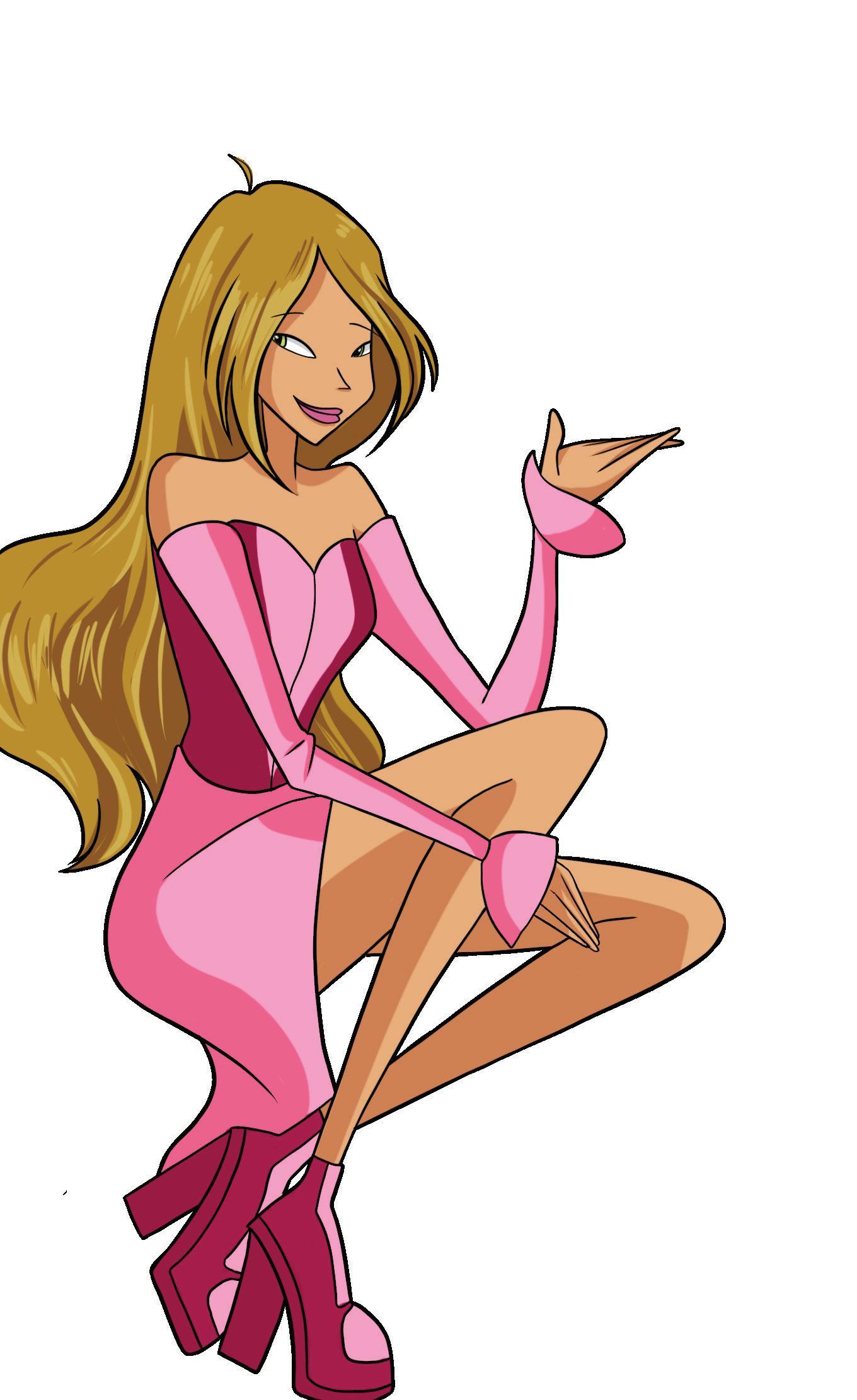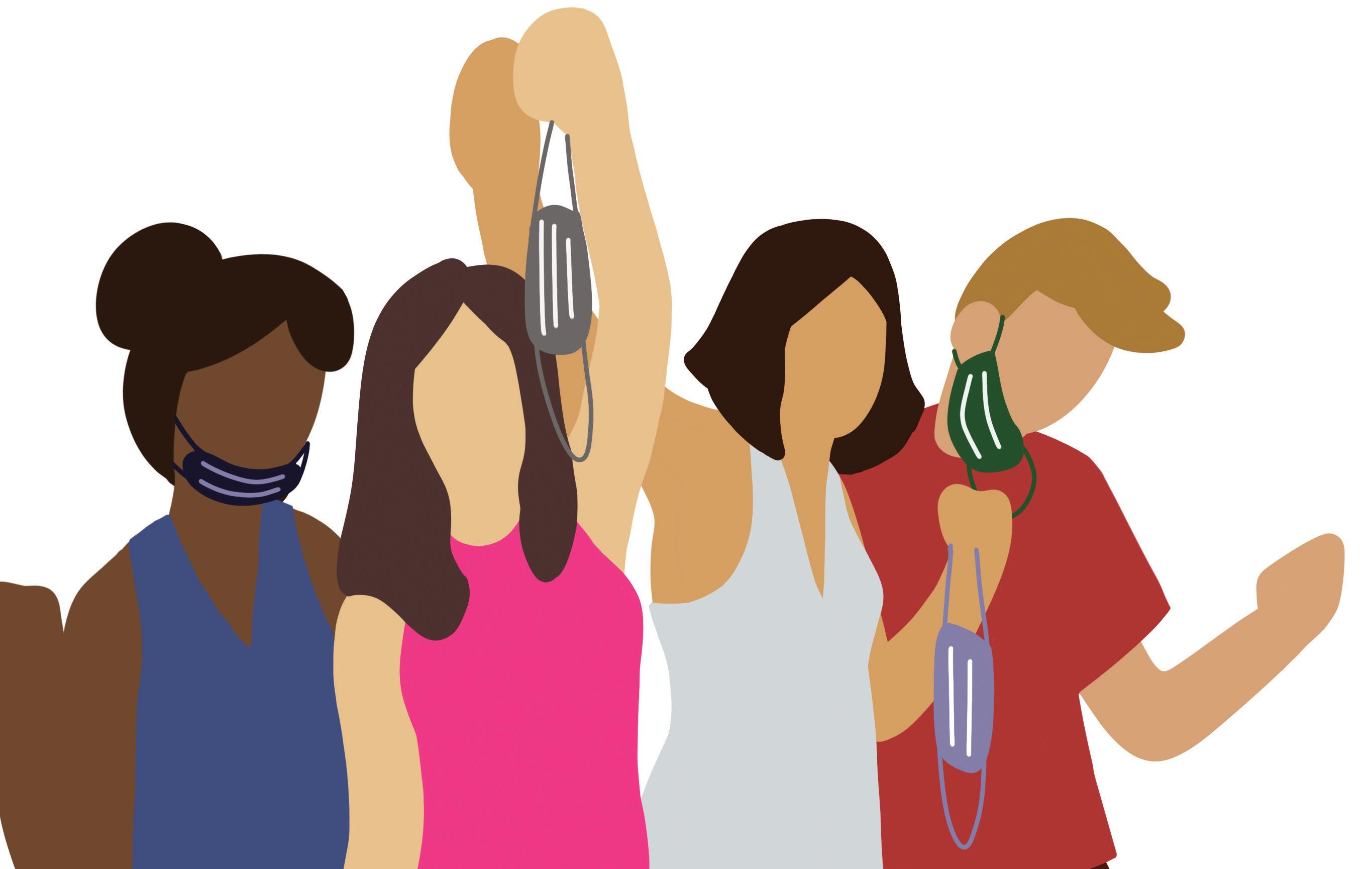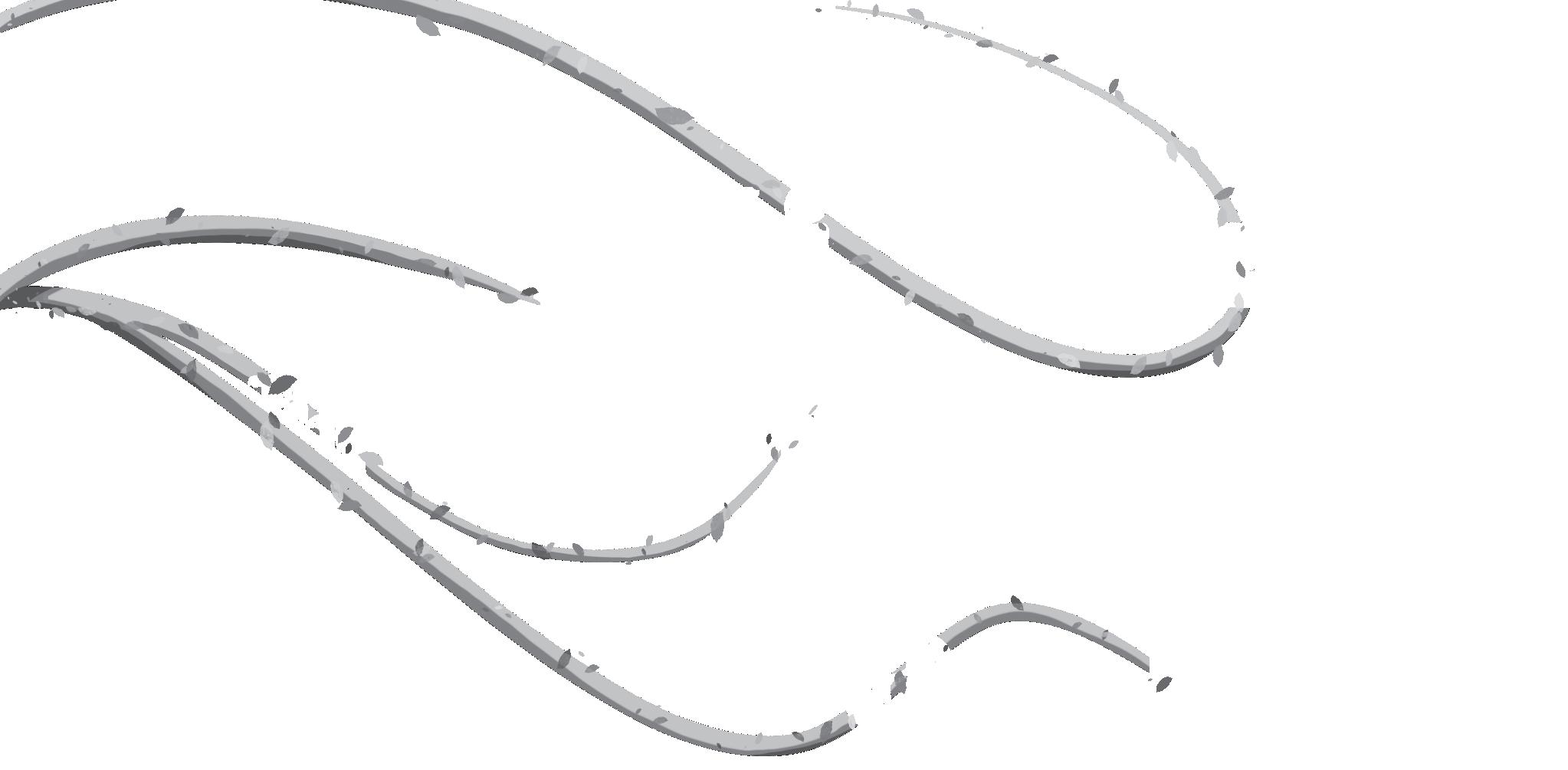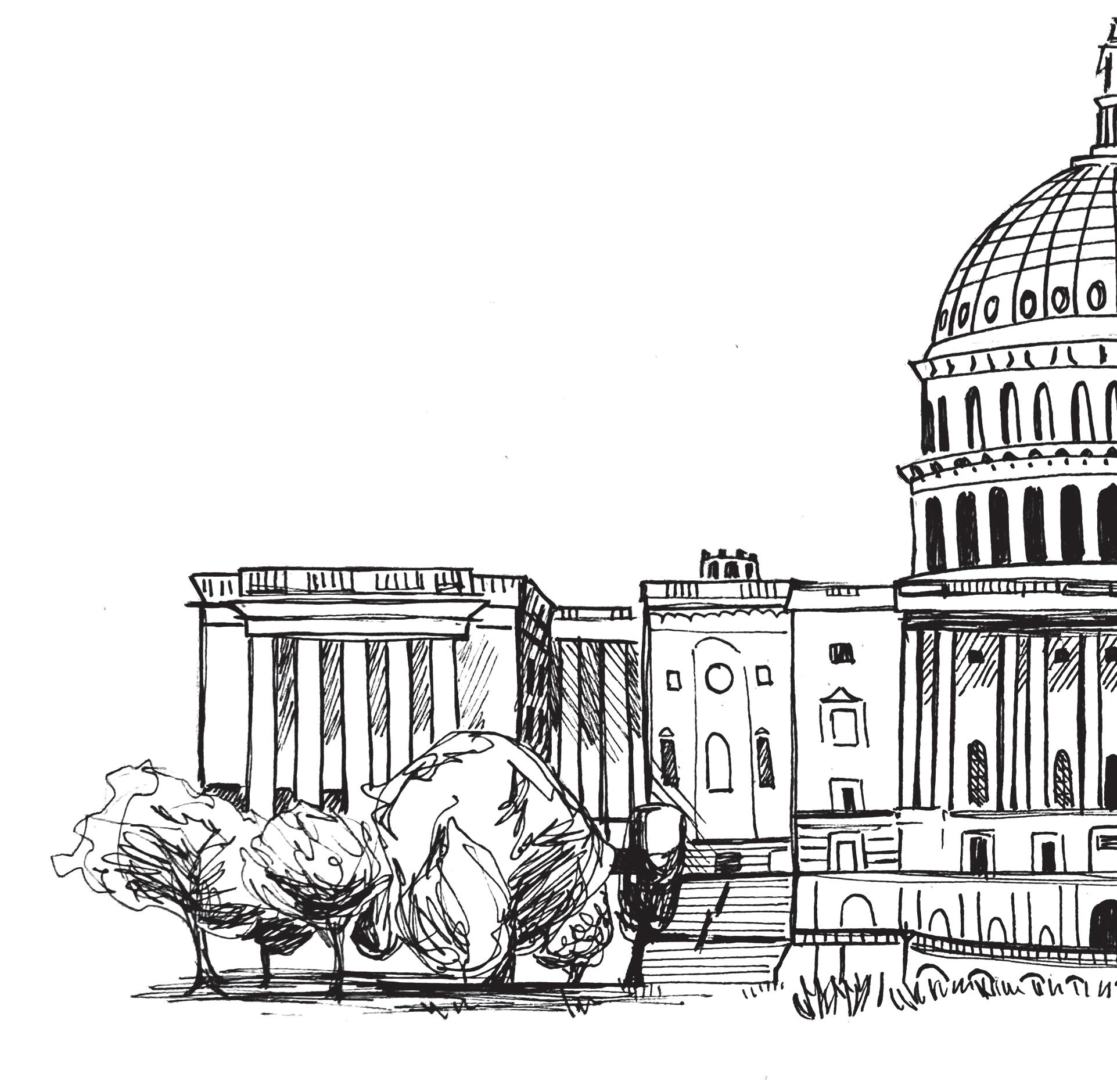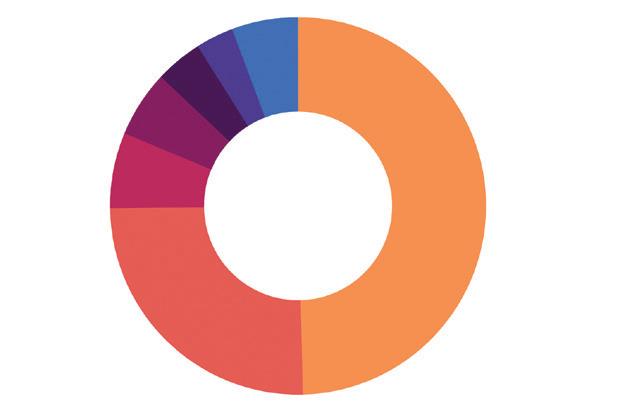culture Text by SOPHIE MATLOF and AUDREY KERNICK
v
Art by SAMANTHA HO
GIRL POWER A
THE PROBLEMS WITH SUPERHEROINES IN FILM YOUNG WONDER WOMAN runs through the lush green forests of her homeland in order to make it in time for an intense athletic competition with her fellow Amazonian warriors. Though the youngest one in the competition, she quickly takes the lead, as the game ends in a high speed horse race. She flashes across the screen, working hard to take her place among the Amazons. This scene from Wonder Woman 1984 is one example of female power and superheroism portrayed in the film. With the December 2020 and January 2021 releases of both “Wonder Woman 1984” and the “WandaVision” series, respectively, the strong female superheroes of our generation are beginning to receive the film and television representation their male counterparts have had since the late 1970s. Some of the more recent films to star a female lead as the featured superhero are “Wonder Woman,” “Wonder Woman 1984,” “Captain Marvel” and “WandaVision,” while the upcoming “Black Widow” will be released on May 7. Many of these films have received mixed reviews from fans and critics alike, raising the question of whether the scrutiny was a product of misogyny or the actual quality of the film. If it was the latter, why are these female led
superhero movies so often written more story writers. poorly than male led ones? Junior Alice De Martel hopes the fuThough the original “Wonder Wom- ture will bring more female heroes with an” (2017) received mostly positive re- stronger stories. views, its sequel, “Wonder Woman 1984” “I think they are not given as much (2020), scored only a 60% on Rotten To- representation, which isn’t fair,” De Martel matoes and was met with an onslaught of said. “They’re also not as iconic as the male criticism. Reviewers labeled it chaotic and superheroes.” complained it was only able to keep it’s auEven when women have the chance dience entertained through escapism rather to represent a strong, leading superhero on than deeper positive the big screen, the ofqualities. “Captain I think they are not ten oversexualized and Marvel,” released in impractical costumes given as much repre2017, also faced large they wear make it difamounts of backlash, sentation, which isn’t ficult for audiences to particularly from fans take these characters fair.” of the Marvel Cineseriously. — ALICE DE MARTEL, junior matic Universe. Many Wonder Womfelt like her movie was an wears a short, relackluster in comparison to other Marvel vealing skirt with a tight metal corset that movies. seems impossible to actually jump, run and Why do these poorly written stories so fight in. In “Catwoman,” Halle Berry dons often fall to the female superheroes while skin tight leather catsuits that were clearly the men garner support from their fans designed to place every curve of her body with fantastic storylines of adventure, brav- on display rather than help her get around. ery and victory? The elements are there for These costumes are yet another example of the movies of their female counterparts, how female superheroes are not given the including exciting action sequences and respect they deserve. romantic love interests. But the plot often The film industry must to do better at falls flat, opening the door for misogynistic creating roles to combat gender stereotypes viewers to place blame on the leading wom- and writing stories that make us love and an, rather than the creatives, directors and believe in a female superhero. v
“






